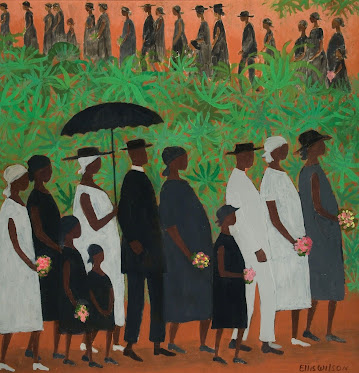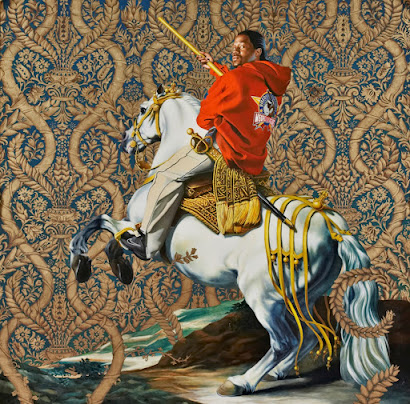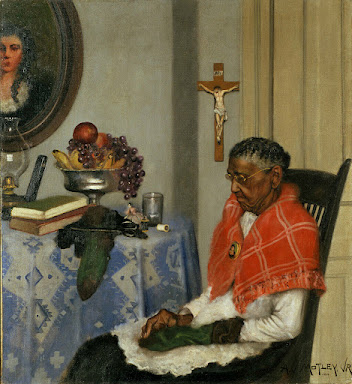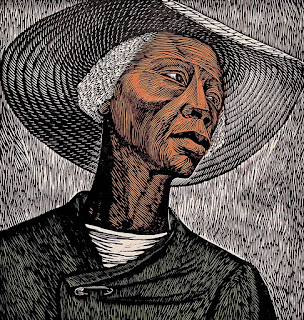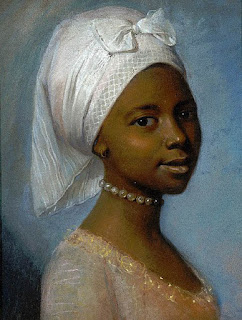Sethe, Beloved, and Grief

Portrait of Two Women by Lo ïs Mailou Jones (c. 1950) Throughout Beloved , important information is kept ambiguous to the reader until methodically revealed, gradually creating a full picture of each of the characters’ lives and experiences (at least ones important to the story)—that is, except for in the case of Beloved. Beloved’s reemergence into the world and her final departure are both largely left to the imagination of the reader. So is the meaning of Beloved’s reappearance in Sethe’s and Denver’s lives, which is the subject of this blog post. I certainly don’t think that there is a single definitive reason for Beloved’s return, but wondering about possible purposes of her character lead me to think about the relation between Beloved and Sethe’s grief for her. Sethe acts completely unapologetic about killing Beloved in order to save her from going back to Sweet Home. Even when faced with her neighbors’ rejection and Paul D’s harsh disapproval, she stands her grou
